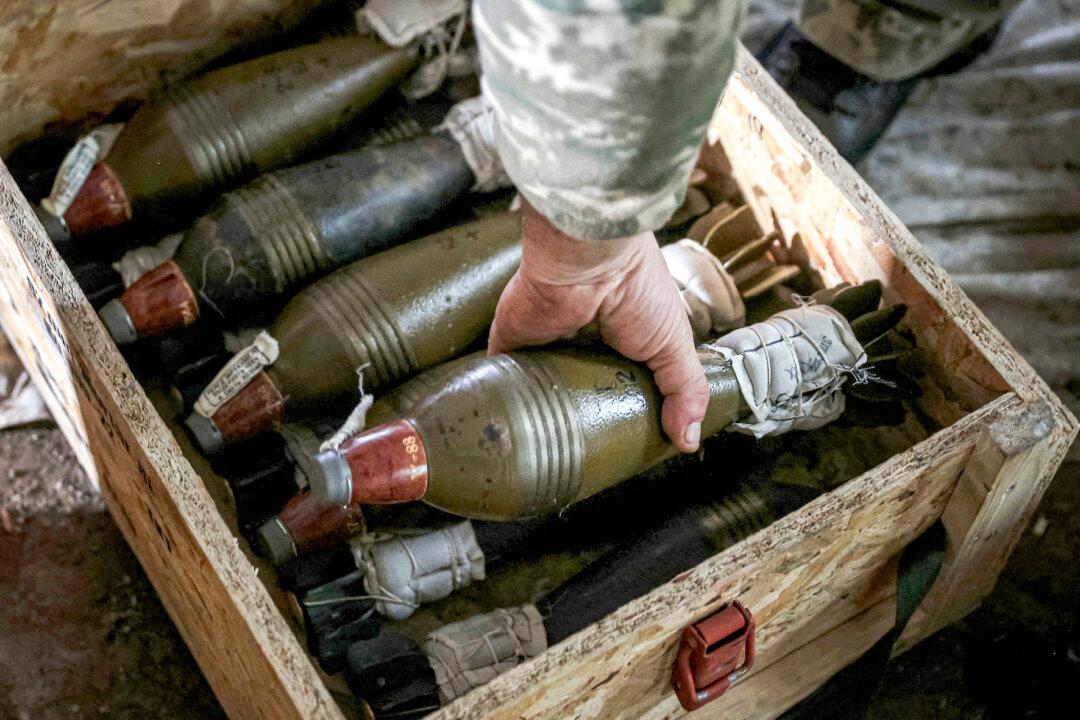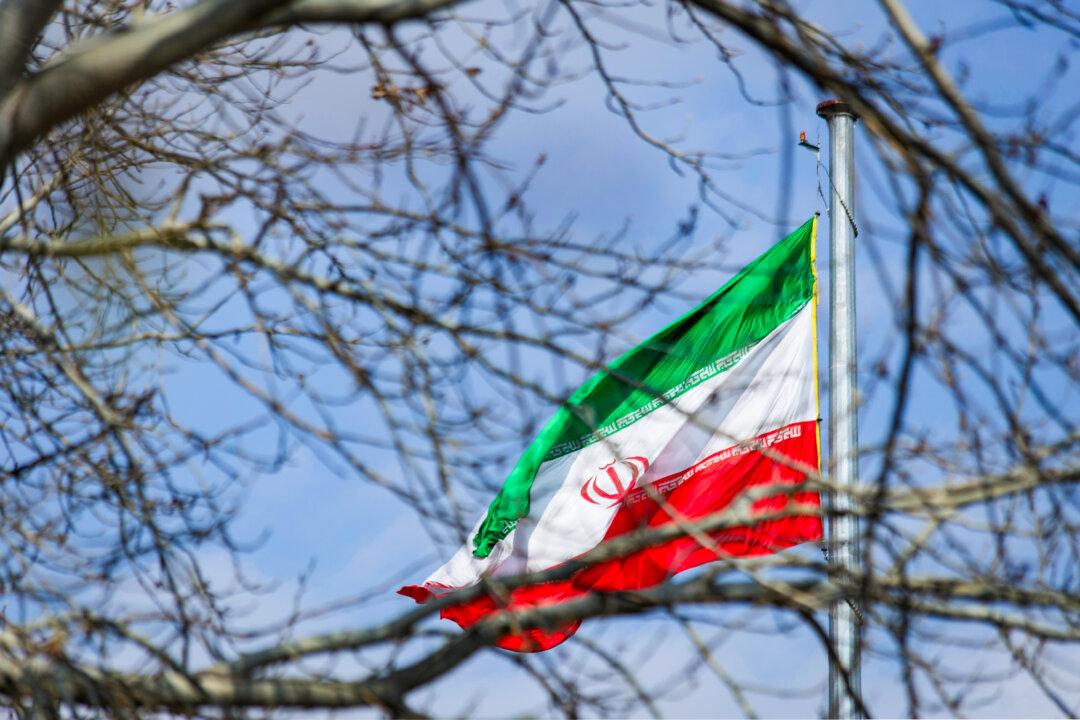Commentary
Jamie Dimon, the CEO of JP Morgan Chase,
recently said: “World War III has already begun. You have battles on the ground being coordinated in multiple countries.”
How should the United States respond to this challenge? Dimon offered the following advice: “What we should be thinking about is we can’t take the chance this will resolve itself. We have to make sure that we are involved in doing the right things to get it resolved properly.” When someone of Dimon’s stature highlights the present danger, Americans would be well advised to consider his assessment.
In the context of China, Russia, Iran, and North Korea (i.e., CRINKs) coordinating their assaults on the United States and its allies, Dimon does not discuss likely outcomes: “I talk about the risk to us if those things go south. We run scenarios that would shock you. I don’t even want to mention them.”
Dimon does mention one “shocking” feature of our current situation: Russian President Vladimir Putin’s
threat to use nuclear weapons. What is the “biggest risk that mankind faces”? Dimon insists, “It’s not climate change, it’s nuclear proliferation.” Associated with the diffusion of nuclear technologies is the increasing chance that nuclear weapons will be used on the battlefield or against major urban centers.
“We’ve never had a situation where a man is threatening nuclear blackmail,“ Dimon said. ”If that doesn’t scare you, it should.”
Dimon urges that the United States should, in effect, exercise prudence in formulating and implementing strategic plans. “We’ve got to be very careful about what we’re trying to accomplish in the next couple of years,” he said.
Dimon’s characterization is, at best, just in time. At worst, it is too little, too late.
On June 6, 2021, the anniversary of D-Day,
The Hill posted an essay in which we
predicted the emergence of a four-front war breaking out along the maritime rim of Eurasia: Putin’s Russia would attack Ukraine again; Hamas would attack Israel again; Iran would attack international shipping again; and China would take advantage of international chaos to blockade or attack Taiwan. Although the People’s Republic of China has repeatedly threatened Taiwan by deploying naval assets in the Taiwan Strait and within Taiwan’s territorial waters, the fourth front in our prediction has not yet escalated to a blockade or an all-out war.
Our overall point was that the United States, in the aftermath of the disastrous withdrawal from Afghanistan, was perceived as weak. Deterrence had been squandered. The United States was not prepared—economically, militarily, and ideologically—to cope with this new axis of autocratic, territorial regimes.
On Jan. 27, 2024, we wrote a lengthy assessment in
RealClear Defense of that June 6, 2021, prediction, calling attention to how we deployed strategic intuition, a knowledge of Eurasian strategic history, and, above all, Halford Mackinder’s theory of the “
heartland” to highlight these geopolitical flashpoints.
While we are delighted that Dimon has sounded the alarm that Eurasian geopolitical flashpoints are aflame—that the CRINKs are coordinating their assault on U.S. allies—the goal of policy makers in the United States should be to forestall the scenarios that are too shocking for Dimon to mention.
For instance, we have suggested actual strategies to restore U.S.
deterrence through a program distributing the industrial capacity to build conventional weapons. Because the allies of the United States are threatened existentially with the use of nuclear weapons, a revision in U.S.
nuclear doctrine should now be considered. If, amid an international crisis, the United States backs down each time an autocrat armed with nuclear weapons threatens their use, if retreat and appeasement become the standard response to nuclear blackmail, then allied and client powers that depend on American deterrence will abandon their military and other connections to the United States.
In addition, we have recommended, first, deploying market forces to make
the Department of Defense a better customer, thereby reducing the cost of armaments; second, allowing our threatened
allies to attack the oil and natural gas production in Russia and Iran, thereby driving up the cost of energy exports to China; third, putting the
home front on wartime footing, thereby signaling seriousness of purpose; and, finally, recognizing publicly the geopolitical importance of Ukraine, Israel, and even Taiwan, thereby initiating
a geographically informed grand strategy for exercise of U.S. maritime power along the rim of Eurasia.
Now is the time not merely to articulate the clearly present danger emanating from the Eurasian autocratic powers, but also, before it is too late, to present a grand strategy to the American public for the defense of the United States, its client states, and allied democracies. In the absence of such a statement from the Oval Office, the United States will likely stumble from one strategic commitment to the next, squandering deterrence and public support, eventuating in a series of military defeats.
Views expressed in this article are opinions of the author and do not necessarily reflect the views of The Epoch Times.








